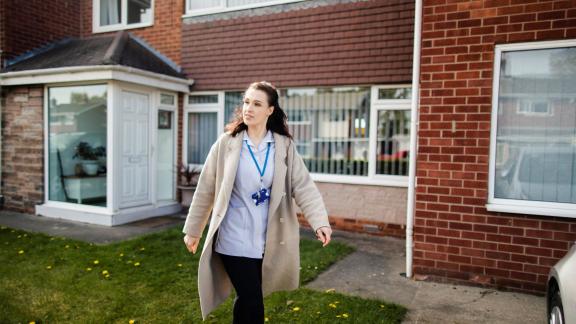NHS continuing to respond to significant pressure across the system

Media statement
-
54.4 per cent of red (immediately life threatening) calls to the ambulance service received an emergency response within eight minutes in May. This was 1.4 percentage points higher than in April, and the best since May 2022.
-
New management information suggests that in April, the number of open patient pathways increased by around 6,000 patients.
-
Pathways waiting longer than one year for their first outpatient appointment decreased to around 52,800, a reduction of 48% from the peak in August 2022.
-
About 31,500 pathways were waiting more than two years in April, 55.3 per cent lower than the peak and falling for a year after a consistent increase throughout 2021.
Responding to the latest NHS performance statistics in Wales, director of the Welsh NHS Confederation Darren Hughes said:
“Demand on NHS services remains very high and staff are making incredible efforts to serve the people of Wales. As we approach 75 years of the NHS, we’re acutely aware that the sustainability of health and care services are at risk. It is critical that UK and Welsh governments have an open and honest conversation with the public about what the future of the NHS looks like, so that it can meet the needs of the population for many years to come.
"More red (immediately life-threatening) ambulance calls were made per day than the previous month, but a higher percentage of those calls received a response within 8 minutes, the best since May 2022. The figures also show that pathways waiting longer than one year for their first outpatient appointment has decreased by 48 per cent from the peak in August 2022.
"New management information suggests that in April, after falling for five consecutive months, the number of open patient pathways increased by around 6,000 patients, and many waiting lists remain high. However, pathways of patients waiting more than two years continues to fall, now 55.3 per cent lower than the peak. The fact remains that NHS organisations are doing all they can to tackle waiting lists and provide innovative care for patients, but concerns over an exhausted and under-staffed workforce, significant financial uncertainty and extreme challenges in the social care system continue."



